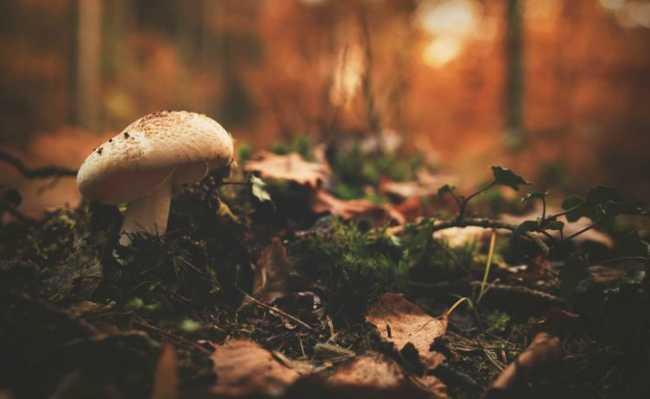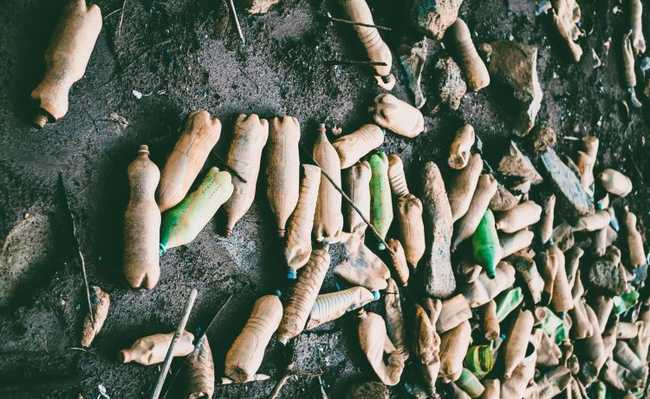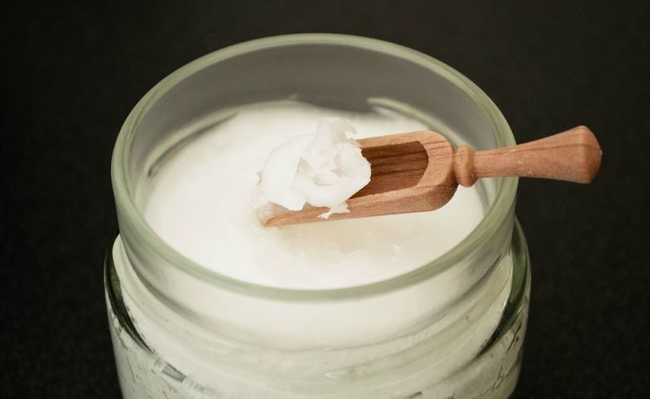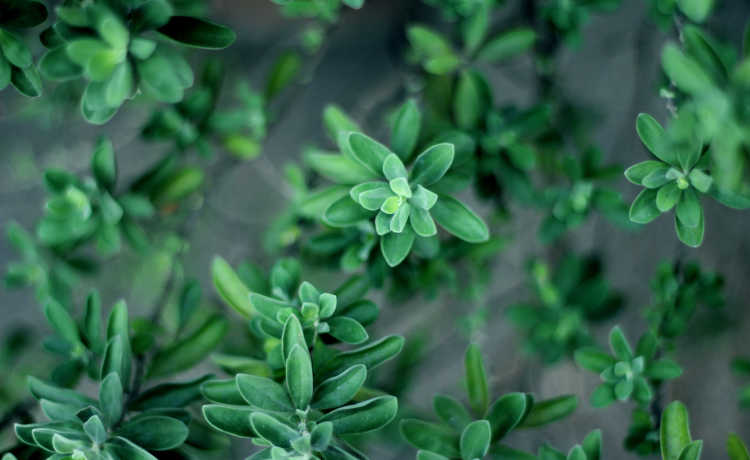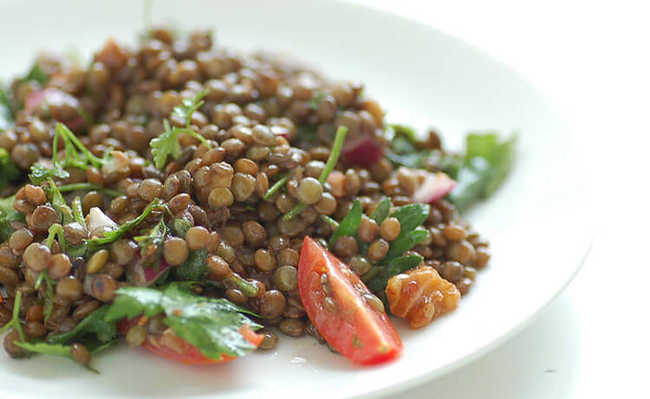Recyclable and sustainable packaging: check out creative examples
Recyclable, sustainable, ecological and creative packaging: yes, it is possible. See examples
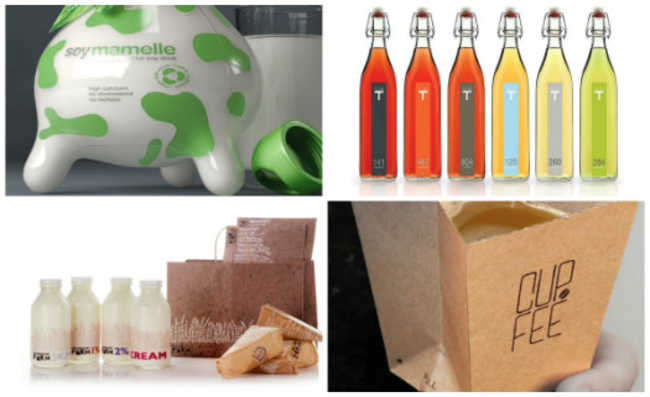
Fortunately, the world is filling up with green ideas, many of them related to smarter ways to pack as well as consume products. With conscious consumption and the Circular Economy on the rise, industries are starting to think of alternatives capable of replacing the plastic packaging that accumulates in the oceans, in dumps and landfills. There are already several models of recyclable packaging, made with materials such as kraft cardboard or textured paper. There are also models of biodegradable packaging, sustainable packaging made from recycled plastic and many other creative packaging options.
Below, we've compiled no less than 27 of these recyclable, sustainable, ecological and creative packaging ideas:
ZigPack
O ZigPack allows the transport of wine bottles in a sustainable way. Based on the theory of three points of support, this practical invention is made of 100% recyclable kraft board and can be reused.
Differential: recyclable packaging , the ZigPack helps save the many plastic bags used to hold a bottle of wine.
Visit the website for more information.
Vin Grace

This wine bottle concept design is made from textured paper that is lighter than a glass bottle, easier to carry and cheaper to produce. Design made by Minimalist.
Differential: a totally different bottle from the traditional wine bottle model, made of textured and recyclable paper.
Koa Organic Water

Strange to think about it, but the koa created an organic water! Like this? Well, the American company invented a method of purifying and obtaining water that comes from organic fruits and vegetables, all in a 375 ml bottle whose packaging is 100% biodegradable.
Differential: still trying to get over the organic water part? Remember that in addition to being organic, the bottle is 100% biodegradable.
Plain T

Created by Brand Strategy and Product Design Consulting Aruliden, O Plain T it's a way of reinventing the way we view the tea drinking ritual. In some parts of the world, the habit is seen in an extremely formal way and that's exactly what the brand wants to modernize.
Differential: in addition to transforming the tea drinking ritual into something modern and different, the bottles are made of glass and can be reused for the same or different purposes.
Crest Wine

The concept of packaging the CrestWine it's about changing the way wine packaging is experienced. Using illusory techniques in a combination of tradition and modern language, Crest Wine is ideal for modern wine lovers.
Differential: a smart design that uses a "neck" made of PET plastic for better product visualization and a cardboard box.
Delta's Organic Milk

The idea here is to portray the values of organic milk production in a simple and effective way. According to the Greek agency Spoon Design, the white cow embodied in the logo immediately communicates the value of purity, while the earth-colored background establishes a connection with the earth and natural methods of organic production.
Differential: although the packaging itself does not have innovative quality in terms of the environment, its proposal is to encourage the consumption of organic products with a lovely design.
Redesigning the Eggs

Image: Stellenbosch Academy
The egg pack was created in the early 20th century, a little after the Second Industrial Revolution, and since then little has changed in its design or functionality.
Hungarian design student Éva Valicsek decided to tweak this and created a new carton of eggs whose packaging is incredibly practical and sustainable. Made only of cardboard and a rubber band, Valicsek's design is designed to fit different egg sizes, as well as being foldable, convenient to carry and reusable.
Differential: allows visibility of the product and the reuse of materials, it is reusable and left out the possibility of renewal in the design of the egg pack.
happy eggs

happy eggs is a concept packaging for eggs that focuses on thinking about materials and production in a sustainable way. The package structure is made of hay from a heating process that molds it, with a design created to minimize and simplify the use of the material. According to the breeder, Polish designer Maja Szczypek, there is currently no need to trim pastures due to modern animal husbandry models, causing many plant species that need light to disappear. For her, the use of hay in the production of egg boxes would help to keep these habitats in balance.
Differential: sustainable packaging uses material that exists in large quantities on farms, helping the region's environment and habitats.
Re-Wine
Re-Wine is an elegant, reusable and sustainable solution for protecting wine bottles. Made from a recyclable and highly resistant material, the Re-Wine it is also versatile in being able to link one package to another, whether for decorative purposes or to transport your bottles in an easy and safe way.
Differential: practical, recyclable, ecological and modern packaging.
Sitka salmon

THE Sitka Salmon Shares is a company that connects Alaskan fishermen with buyers in the American Midwest during salmon season. together with the CODO Design, they created reusable packaging that can be shared with friends and kept even after the salmon has been consumed.
The boxes also highlight the company's focus on the issue of sustainability, by remarking the origin of the salmon. Learn about the dangers of farmed salmon: "Consumption of aquaculture salmon may be less healthy than you think."
Differential: fun, informative and sustainable design .
Nezinscot Farm

Designer Lindsay Perkins created milk, cheese packaging and bags with the goal of being organic, sustainable and label-free. The paper used in the store's bags is 100% recyclable and biodegradable, made from grass seeds, which will grow wherever it is discarded. The typography was done by hand to reproduce the shape of the grass.
Milk bottles are returnable and have all information printed on the glass. Cheese packs are made with fabric from cheese and wax paper, both biodegradable.
Differential: Biodegradable packaging and label-free, it was created to avoid environmental impacts as much as possible.
CUP.FEE

Created by Korean designers Jo Sae Bom and Jeong Lan, CUP.FEE is a portable cup and spoon mix made from recyclable paper. It is a simple detachment and eviction process, designed to reduce the amount of waste at coffee time.
Differential: practical and sustainable way of disposing of garbage at coffee time.
Toni’s Eierlikör

A mixture of eggs, rum, vanilla and, according to the company, love ("Do Toni, with love"). THE Toni’s Eierlikör, or Eggnog do Toni, comes in a recyclable package with beautiful typography and coloring, and bottled in a reusable and recyclable container, which guarantees to protect the taste and avoid environmental damage.
Differential: 100% sustainable box, reusable and recyclable bottle
Kru 82 Vodka

Image:Uncrate
With opinions on the taste of the fermented beverage ranging from horrible to exotic, the Dutch company Kru Spirits decided to appeal to two types of consumers: those concerned about the environment and outdoor sportsmen. With the packaging made of reusable, recyclable and shatterproof steel, the company encourages the use of the bottle after the drink has been consumed.
Differential: it is reusable and discourages the use of disposable materials. In addition to making the consumer reflect on the habits of the Dutch in relation to alcoholic beverages.
Pinar Sut

Image Bora Yudirim
The main idea of the project is to reuse the product package instead of discarding it after consumption. Turkish Bora Yudirim created a clever design in which the packaging can be used as a toy. One of the project's intentions is to encourage children to drink milk to help their physical development and encourage children's creativity with the product's functionality as a toy.
Differential: turns awareness of the reuse of products and materials into fun play for children.
- Child Consumerism: How to Avoid
Nurture, a living package
nurture is a package that incorporates live fruit and vegetable roots that allow the product to grow until the moment of consumption. Created by Hyunhee Hwang, the packaging is a bowl made of organic material intertwined with the roots of fruit plants such as tomatoes and figs.
By watering the bowl, plants can continue to live even when transported. Hwang thought of the product as being shipped weekly and directly from producers to consumers' homes. The pack includes tools and equipment such as the bowl stand, spoon tongs and scissors, and the steamer to moisturize the fruit.
Differential: It guarantees a fresh product without loss of vitamins.
I'm Mamelle

The agency KIAN created a concept packaging for soy milk. The concept of the packaging format is to resemble the cow's udder, to send the message that soy milk is identical to cow's milk. The agency also used the colors and decor to create an image of nature and health. Can be made with glass or PET.
Differential: fun and innovative design.
Method

From the same company that manufactures bottles made from plastic found in the ocean (to find out more click here), Method innovated again. They created a revolutionary method of air pressurization technology. Instead of using various petroleum propellants, their new sprays are placed in an airtight chamber which, when used, releases their fragrances with non-toxic components.
Differential: with this new air pressurization technique, no CFC gases or various petroleum propellants will be released.
green lettuce

A package designed for hydroponic lettuce. Its creator decided to make a green package. Both literally and figuratively.
Differential: produced with cardboard, printed with vegetable-derived ink and with a glue made of sugar that will give the piece the quality of biological decomposition, it is a sustainable packaging par excellence.
the greenest ink

Image: Matthew Blick
A biodegradable package that works on two levels. The ink is stored in a pouch made of low-density polyethylene that uses 70% less plastic than a plastic bottle of the same volume. It is great for containing heavy liquids and will not corrode due to chemical reactions.
The plastic bag is then contained in a molded shell made of 100% biodegradable recycled paper and paper that can be placed in your composter.
It does not stop there! The package label was printed using soy-based ink instead of conventional inks made from petroleum.
Differential: a design entirely thought to avoid environmental impact.
treeson
With an environmentally friendly design, the treeson uses biodegradable and toxin-free material; on the back of the bottle there is an address for the return of the bottle to the company that will use biodigestion to obtain energy and make more bottles. The company plants a tree for every bottle sold, as well as providing an app that will help monitor its impact and see where your tree is planted.
Differential: the company seeks to ensure the sustainable disposal of the bottle, either with its biodegradable packaging or with the transformation of the bottle returned into energy from biodigestion.
Elixir

Image: Barysheva Yana
THE Elixir is a practical bottle that, in addition to having an interesting and imagery design, is practical in the way it civilly provides a glass to the consumer instead of having him drink straight from the bottle. The design has three components: the bottle, the cup and a plastic sleeve which will secure the glass to the bottle.
Differential: a beautiful design designed in layers that also provide its own consumption container.
Eco package

Image: Tina Jeler
Tasked with making food packaging from environmentally friendly materials, Tina Jeler created fresh seasoning packaging using eco-friendly paper and tape. The paper is practical, as it has holes that are used to adjust the size of the seasoning, and the tape can be used to handwrite the type of product purchased.
Differential: it's biodegradable and minimalist, using the least amount of materials, but getting the message across as much as possible.
Unilever compressed can

After years of research, the multinational Unilever created the compression technology that will make deodorant cans smaller and therefore save aluminum. The cans, which used to be 150 ml, were divided in half and are now 75 ml, with 25% less aluminum, 28% less packaging and fuel, using less energy in transport and production, saving on transport costs and shelf space . According to the company, there will be no reduction in the effect or duration of the product.
Differential: the same product with a smaller environmental footprint without compromising its duration or price.
Isothermal and biodegradable packaging for champagne
Produced with potato starch and paper, the packaging eco friendly it is also a design object. Its look accompanies the elegant and discreet aesthetic of the Cyclic Veuvet, keeping a single color, the yellow label that is the symbol of the brand. With a convenient strap, it's also easy and convenient to take anywhere. Naturally Click it is isothermal and can chill your champagne for up to two hours.
Differential: can be reused multiple times.
Drip
With previous experiences as inspiration, Alex Leon Khan and his partners wanted to make a pancake syrup practical to handle and that would prevent mess. A more flexible container makes transport cheaper and reduces energy production. The material is made of recycled plastic, flexible and resistant, which allows maximum use of the entire product without wasting syrup.
Differential: practical and sustainable, it uses sustainable material that reduces the energy cost of packaging production.
Coca-Cola Ice Bottle
It's summer, it's hot and you're on the beach. What could be better than a cold soda? A soda bottle made of ice! For some this would be crazy or a youthful desire, but apparently Coca-Cola is in the market for youthful follies and desires. At least in Colombia.
To make this dream come true, a team created a new design and made possible processes for the production and transport of ice bottles to Colombian beaches. The process is like this: microfiltered water is poured into silicone molds; then they are frozen at -25°C and then filled with refrigerant. To ensure a finger-freezing experience, each bottle is wrapped with a red rubber wristband emblazoned with the brand's logo to ensure the customer drinks in comfort, and the wristband can be worn after the ice has melted.
Promising a drink "cold to the last drop", the frozen bottles were the biggest hit in the South American country. Beach huts sold an average of 265 bottles per hour, but the company's spokesperson makes it clear that the bottle will not be part of an industrial package, but rather an initiative by the company to promote bottles that are less harmful to the environment .
Differential: a cool initiative like this not to use plastic by a company like Coca-Cola is interesting, as well as doing it in a fun way.
Problem: despite investing in a sustainable initiative without the use of plastic bottles, it was commented that the amount of water and energy used by the company, in a way, negates the sustainable benefits. Not to mention, of course, that soda is not good for your health.



